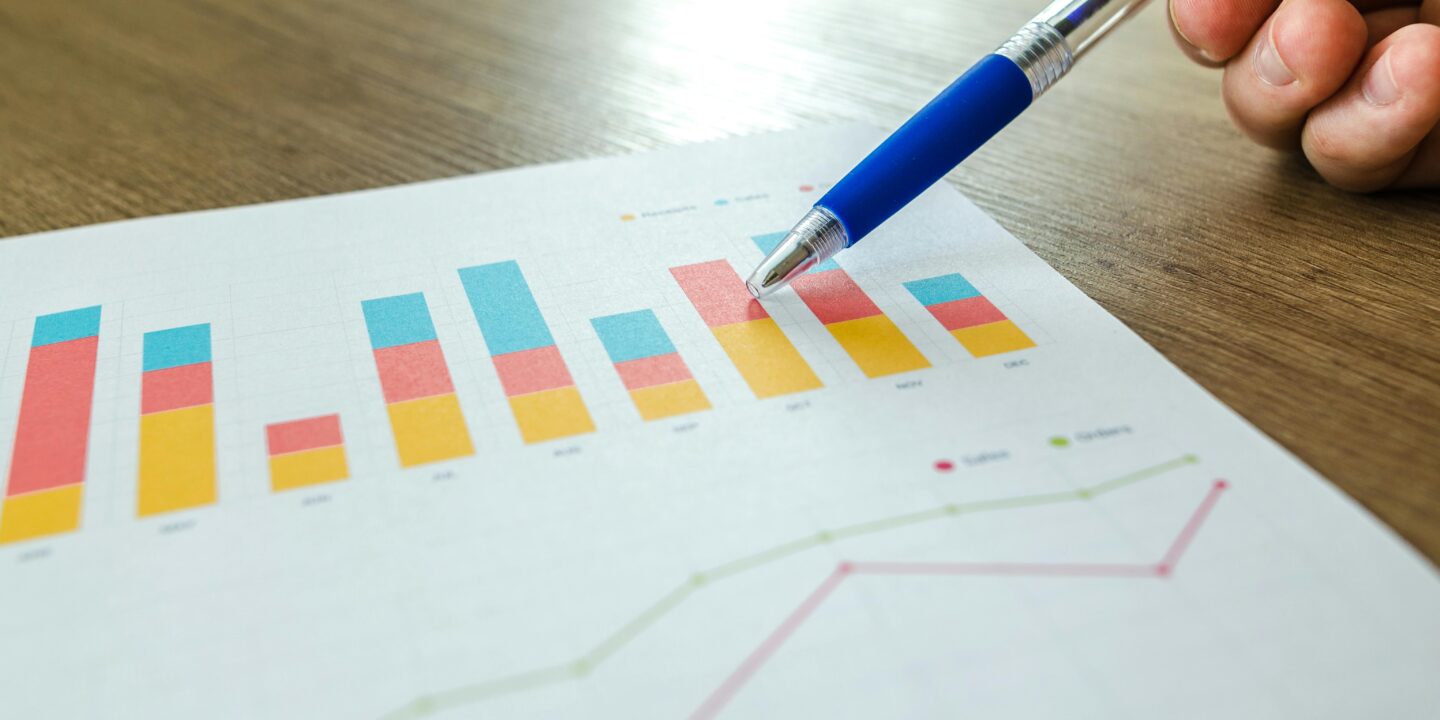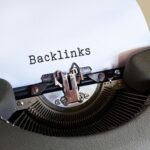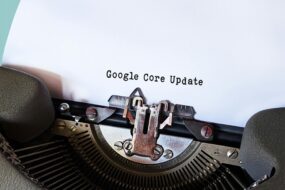
When it comes to maintaining a strong website, broken links should never be overlooked. They can disrupt user experience, damage your site’s credibility, and harm your search engine rankings. For businesses aiming to improve their technical SEO, fixing broken links is not just a best practice; it’s essential.
This guide will help you understand the impact of broken links, explain how to identify and fix them, and show you how to build a more robust internal linking structure to reclaim lost link equity. Let’s jump in.
What Are Broken Links?
Broken links, also known as dead links, are hyperlinks that lead to a non-existent destination. They usually return a 404 error, signaling that the page is not available.
Broken links can occur for many reasons, such as:
- The linked page has been deleted or moved without a proper redirect.
- The URL was entered incorrectly.
- The website being linked to no longer exists.
Although a single broken link might not seem like a big deal, multiple broken links across your site can create serious issues, especially for SEO.
Why Do Broken Links Harm SEO?
Broken links create a chain reaction of problems that affect:
- User Experience
Visitors expect seamless navigation. Encountering broken links frustrates users and encourages them to leave your site, increasing your bounce rate. - Search Engine Rankings
Google and other search engines prioritize user-friendly websites. If your site has too many broken links, search engines may interpret this as a sign of neglect and lower your rankings. - Link Equity Loss
Link equity, or link juice, refers to the value passed from one webpage to another through links. Broken links disrupt this flow, preventing your site from maximizing the benefits of external and internal linking. - Crawl Efficiency
Search engine crawlers get stuck when they encounter 404 errors, wasting valuable resources that could have been used to discover and index other parts of your site.
Now that we know the risks of broken links, how can you identify and fix them? Let’s explore.
How to Identify Broken Links
Finding broken links manually is impractical for larger sites. Thankfully, there are tools to streamline the process. Here are some effective options:
- Google Search Console
- Navigate to the “Coverage” report to find pages with 404 errors.
- Use the “Links” report to check for broken external and internal links.
- Screaming Frog SEO Spider
- This tool crawls your website and identifies pages with broken links in seconds.
- Simply run a crawl and look under the “Response Codes” tab for 404 errors.
- Broken Link Checkers
- Online tools like Dead Link Checker and Online Broken Link Checker can scan your entire website for broken links.
- These tools are user-friendly and provide detailed reports.
- Ahrefs Site Audit
- Ahrefs offers a robust Site Audit tool to analyze broken backlinks and internal links. It also highlights lost link equity.
- SEMrush
- Use SEMrush to perform a site audit. It identifies broken pages, backlinks, and internal links that need to be updated.
Once you’ve completed the audit and compiled a list of broken links, it’s time to fix them.
Steps to Fix Broken Links
Fixing broken links involves addressing both internal and external dead links. Here’s a step-by-step guide:
1. Fix Internal Broken Links
Internal links connect your pages and help users (and search engines) move through your site. Fixing internal broken links ensures your site remains crawlable and structured.
- Correct Misspelled URLs
Check for typos in your linking URLs and fix them. - Update Removed or Moved Pages with Redirects
When you delete or move a page, set up a 301 redirect to ensure visitors and crawlers are sent to a relevant page. - Recreate Essential Content
If a deleted page received high traffic or backlinks, consider recreating the page with updated information to revive its performance. - Audit Links Regularly
Run regular site audits to catch and fix new broken links promptly.
2. Fix External Broken Links
External links point to other websites. While they can add credibility to your content, broken external links frustrate users and devalue your page.
- Replace with Working Links
Look for updated or alternative sources for the content you originally linked to. - Remove Irrelevant Links
If you can’t find a replacement, remove the link entirely. - Use Redirects for Moved Domains
If you own the content on another domain, set up proper redirects.
3. Reclaim Lost Link Equity from Broken Backlinks
A broken backlink occurs when another site links to your content, but the page no longer exists. This means you’re losing valuable link juice. Here’s how to fix it:
- Identify Broken Backlinks
Use tools like Ahrefs or SEMrush to find external sites linking to 404 pages on your site. - Redirect to Relevant Pages
Create a 301 redirect from the broken page to a relevant, working page. - Reach Out to Website Owners
Contact the site owner and request that they update their link to the correct URL.
By addressing both internal and external broken links, you create a better experience for users and search engines alike.
Tips for Strengthening Internal Linking Structure
Fixing broken links is important, but optimizing your internal linking strategy can take your SEO to the next level.
- Use Descriptive Anchor Text
Make sure the anchor text for your internal links is descriptive and relevant to the target page. This helps search engines understand your content. - Link to High-Value Pages
Connect lower-traffic pages to high-value pages to boost their performance. For example, link a low-performing blog post to a popular, related post. - Prioritize User Intent
Think about what users would naturally want to explore next and link those pages strategically. - Avoid Overlinking
Too many internal links on a single page can dilute their value. Stick to a strategic number of links that feel natural. - Audit Internal Links Regularly
Just like broken link audits, regular checks on your internal linking strategy ensure everything is optimized.
Tools to Simplify Link Management
Managing links across your site can be overwhelming, but these tools make it easier:
- Yoast SEO Plugin (WordPress): Helps track and manage internal links directly in your CMS.
- Link Whisper: Automates suggestions for linking content across WordPress sites.
- Broken Link Checker (WordPress): Constantly scans your site and alerts you of broken links.
- Redirect Path Extension (Chrome): Detects redirects and 404 errors as you browse your site.
Investing in these tools ensures your linking strategy stays robust and up-to-date.
Final Thoughts
Broken links can seem like a minor issue, but their impact on user experience and SEO performance is substantial. By identifying and fixing broken links, you pave the way for better rankings, enhanced link equity, and a more user-friendly site.
Make link audits a regular practice, use the tools and strategies we’ve shared, and continuously optimize your internal linking structure to maintain a healthy, high-performing website.
With consistent effort, you not only minimize the harm caused by broken links but also uncover opportunities to reclaim lost link equity and boost your site’s authority. Happy optimizing!











No Comments